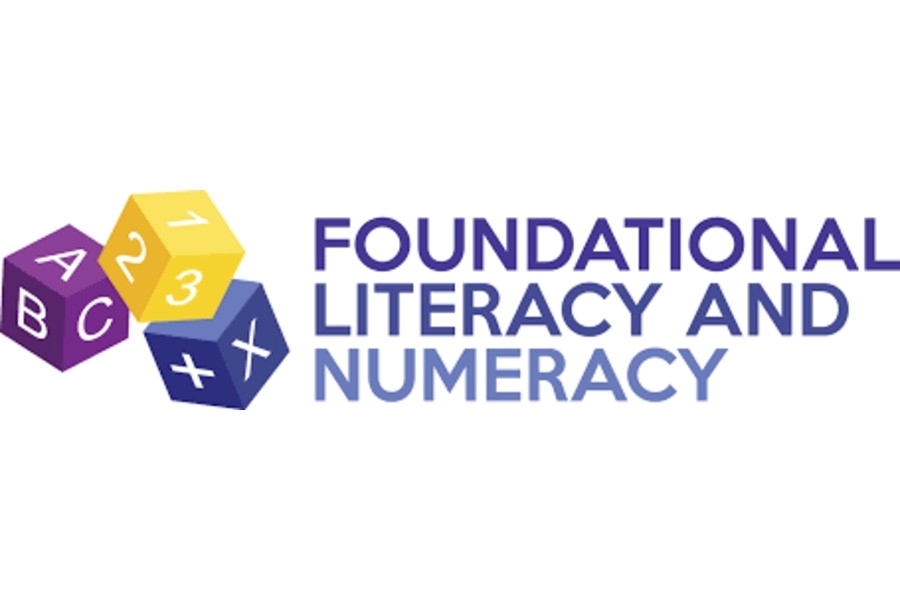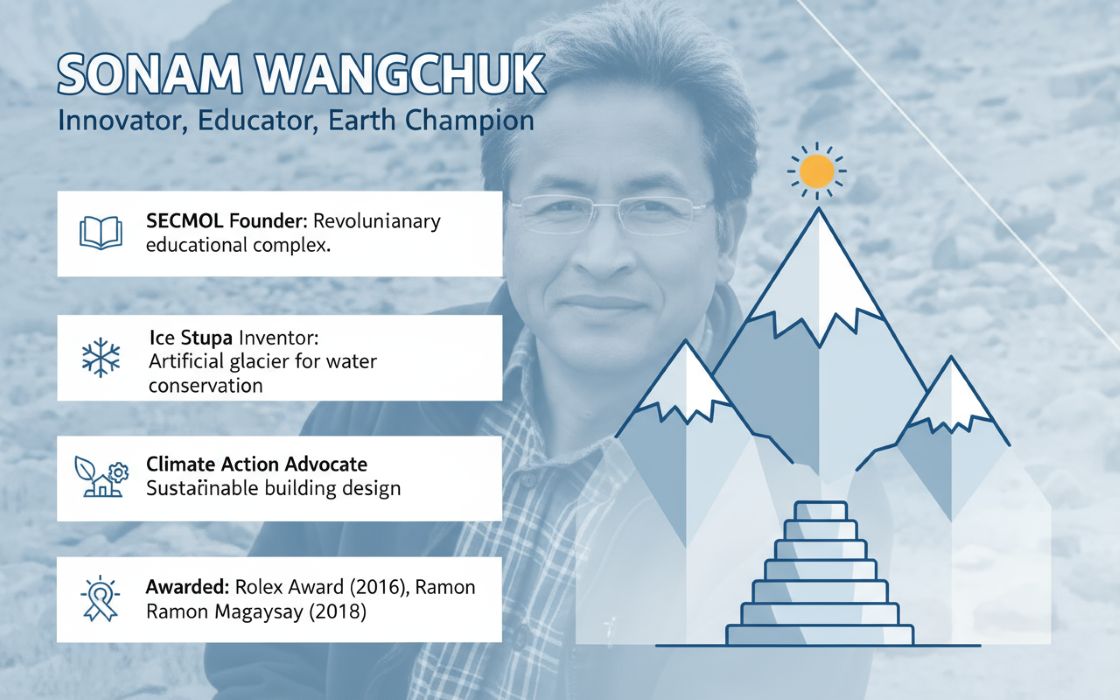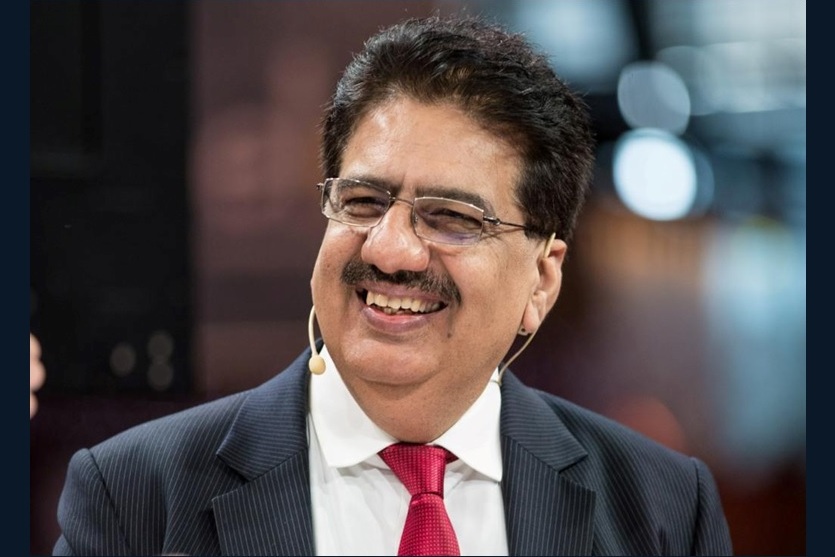In the pre‐school playground of a government school deep in a district of Uttar Pradesh sits a circle of eight-year-old children. Among them is Aarav, whose mother speaks Bhojpuri at home. When the teacher asks the children to pick up a story-book and read aloud, a large number, including Aarav, struggle. Aarav can pick out words, but comprehension eludes him; numbers on the board swirl like unfamiliar shapes. Across the hallway sits Priya, in the same Grade 3 class, and she has memorised the number of facts enough to pass written tests, yet when asked to explain what “subtracting three apples from five” means in a real context, she hesitates. Their stories are not singular: they reflect a national challenge, one that lies at the heart of learning and development efforts in India today.
The Hidden Crisis Beneath Access
The story of foundational literacy and numeracy (FLN) is deceptively simple in its title—reading, writing, arithmetic. Yet the scale of the challenge it represents is profound. As the World Bank explains, “learning poverty” is defined as the proportion of children aged 10 years who are unable to read and understand a short, age-appropriate text. In India this rate is estimated at 56 per cent for children at late-primary age.
In other words, more than half of India’s children are not entering upper primary school with the core foundation they urgently need.
What makes this sobering number especially worrying is the fact that India has largely succeeded on one front—access. Nearly all children are enrolled in elementary school; enrollment is no longer the bottleneck. The real crisis, then, lies in learning, not just schooling. As the Pratham Education Foundation’s Annual Status of Education Report (ASER) repeatedly finds, a significant proportion of Grade 3 children in rural India cannot read a Grade 2 text fluently or do simple subtraction problems.
This gap between children being in school and children learning is where FLN must be placed. As the latest national policy reiterates, access is necessary but insufficient; foundational skills are the bedrock on which further learning rests.
Why Foundational Skills Matter
Why should we worry that children like Aarav and Priya lack FLN by Grade 3? The reasons ripple far beyond a single classroom.
Upstream impact on later learning
When students fail to master reading, writing or basic numeracy, the academic consequences are cumulative. The shift from “learning to read” (early years) to “reading to learn” (upper primary and secondary) becomes impossible if the first does not happen. The National Education Policy 2020 (NEP 2020) emphasises this: “if foundational literacy and numeracy is not achieved, the rest of learning becomes irrelevant.”
Students without basic skills face increasing learning gaps, fall behind peers, repeat grades, or drop out altogether. The cycle of under-learning becomes entrenched.
Cognitive, employability and equity dimensions
Foundational skills do much more than help students get through school. Research shows that children who develop strong FLN are better prepared for higher-order thinking, analytic problems, even socio-emotional development. They are more likely to succeed academically, enter secondary school with confidence, and eventually become employable in a world that increasingly demands not just “did you graduate?” but “what can you do?”
From an equity perspective, weaker FLN hits disadvantaged children first and hardest. Those coming from low-income homes, multilingual backgrounds, rural schools or those lacking rich language environments are more at risk. As a result, FLN becomes a lever to reduce socio-economic disparities: by ensuring all children have the fundamentals, we improve odds of social mobility and inclusive growth.
Macro-economic and national significance
Beyond individual lives, the failure to build foundational learning has national consequences. The World Bank frames learning poverty as a major contributor to the human-capital deficit of nations. World Bank+1 In India’s context, slow or stagnating learning at early years constrains productivity, innovation, and by extension, growth. In practical terms: enrolment may rise, but if children are not learning, the billions invested in education do not translate fully into human-capital gains.
The National Response: Mission FLN
India’s policy framework has recognised this challenge and responded accordingly. Two flagship strategies stand out.
NEP 2020
NEP 2020 placed FLN front and centre: it earmarked that all students should attain foundational literacy and numeracy by the end of Grade 3. The policy linked early learning, remedial teaching, and envisaged a transformation of school pedagogy, curriculum, and assessment to pivot towards foundation years.
NIPUN Bharat Mission
Launched in July 2021 under the aegis of the Ministry of Education (MoE) under the umbrella of Samagra Shiksha Scheme, the Mission spells out clear targets: FLN for all children by end of Grade 3 by 2026-27.
Its core developmental goals are:
• Health and well-being of children (socio-emotional, health, nutrition)
• Effective communication (oral language, print awareness, reading and writing in familiar contexts)
• Involved learners and mathematical thinking (connecting with environment, language, mathematics)
The Mission also highlights child-friendly, joyful pedagogy—play, stories, rhymes, arts, crafts, music—to enhance foundational learning rather than rote methods.
Challenges on the Road
Even with robust policy frameworks, the path is steep and filled with structural impediments. Key challenges include:
Socio-economic and language barriers
Children from economically disadvantaged households often encounter multiple deprivations: malnutrition, lack of stimulation at home, limited access to reading materials, and poor learning environments. Language mismatches add another barrier: when the home language is not the medium of instruction in school, children struggle with comprehension.
Teacher preparation and pedagogy
Many teachers have never been trained specifically in foundational pedagogy. Shifting from older habits of rote and chalk-talk to more interactive, foundational-skills-oriented teaching demands sustained training and support. Teacher absenteeism, multi‐grade classrooms, lack of individual attention—especially in rural and remote schools—compound the challenge.
Resources and infrastructure
Under-resourced schools continue to plague many parts of the country—insufficient learning materials, inadequate classroom infrastructure, limited child-friendly reading corners, absent or limited remedial support. When the tools to teach foundational skills well are missing, learning gets compromised.
Pandemic-induced loss
The COVID-19 pandemic wrought deep disruption. Schools were closed for months, remote learning was uneven, and the shock exacerbated existing learning gaps. The World Bank cautions that the global learning crisis may have regressed decades as a result.
Glimmers of Progress:
Despite the scale of the challenge, several initiatives across civil society, private sector, and government illustrate promising ways ahead.
Grassroots NGO Innovations
The Pratham Education Foundation’s ASER survey repeatedly highlights the stagnant reading levels in rural India—and simultaneously offers evidence-based interventions and community-centric volunteer models that have shown improvement in foundational learning.
Similarly, the Language and Learning Foundation (LLF) has partnered with state governments to build teacher capacity in early language pedagogy and shown gains in linguistic competencies.
Adding to these, Devi Sansthan’s Global Dream Literacy initiative, founded by Dr. Sunita Gandhi, has reached over a million learners across 13 states using simple, multilingual toolkits that empower community volunteers to teach basic literacy in a matter of weeks.
Other successful models include Room to Read India’s Literacy Program, which has trained tens of thousands of teachers and built reading habits through school libraries; Tata Trusts’ Parag initiative, integrating high-quality children’s literature into classroom learning; and Educate Girls, whose community network “Team Balika” has helped bridge gender and learning gaps through remedial learning camps.
CSR and Corporates Stepping In
Corporate houses are increasingly recognising that foundational learning is not just philanthropy—it is investment. The Adani Foundation, through Project Utthan, is reported to have reached over 1.5 lakh children in Mumbai municipal schools, focusing on reading and numeracy skills.
HCL Foundation has deployed mobile STEM and digital labs in Uttar Pradesh to boost numeracy and reading. Public-system innovations such as Mission Buniyaad in Delhi and multi-stakeholder collaborations like the CSF-led LiftEd consortium show how systemic reform, data-driven mentoring, and philanthropy can converge to accelerate FLN progress nationwide.
EdTech and Digital Content for FLN
The rise of technology-enabled learning for foundational years offers new pathways. Organisations such as iDream Education (iPrep) have developed digital modules aligned to the Mission and NCF for early grades. The “Sampark Disha” app has been deployed in North Indian states to support foundational reading and numeracy.
These are not stand-alone silver bullets—but when deployed in blended models (in-school plus at-home), they enhance reach and personalisation.
What this means for the Social & Development Sector
For stakeholders reading this in the context of the social and development sector—NGOs, CSR teams, impact investors, policy advisors—what are the reflection points and strategic imperatives?
Focus on early years as strategic entry point
The years from 0 to 8 are critical. Evidence shows that children who participate in quality early childhood education (ECCE) programmes demonstrate considerable gains in cognitive, socio-emotional and educational outcomes. The NIPUN Framework highlights the continuity from preschool to Grade 3. Thus, interventions oriented to pre-school and early-grade children generate high “foundation yields” in future learning cycles.
Align interventions with system scaling
Many initiatives remain pilot-based or small scale. Yet, to impact millions of children, shift is required from project-level success to system-level integration. Partnerships with state governments, district education offices, teacher training institutes, and EdTech platforms can bring reach. The role of NGOs and CSR actors is increasingly to act as catalysts: pilot, demonstrate, then support scaling and state system adoption.
Design measurement frameworks and progress tracking
One of the critical enablers for FLN success is continuous measurement and diagnostic assessment. Without knowing children’s starting points, and without frequent checks on progress, remedial efforts are hampered. The World Bank emphasises the need to “assess learning levels regularly” in the recovery and acceleration phase. World Bank+1 Impact actors should build robust monitoring systems: baseline, midline, end-line; behavioural, cognitive, attitudinal indicators; teacher capacity; and link to student outcomes.
Address inequities explicitly
Given the skew in learning outcomes by socio-economic status, home-language mismatch, gender, and geography, actors must design with an equity lens. For example: Multilingual teaching frameworks for first three grades; culturally relevant reading materials; community-based support for children at risk of dropping out; special focus in remote/rural/tribal pockets. Always layering equity as a core dimension—not an add-on.
Leverage technology judiciously
Digital solutions can expand reach and enable personalization—but they cannot replace foundational‐skills pedagogy. Successful interventions integrate technology with teacher training, blended models (digital + face-to-face) and community engagement. Cost-effective, scalable models remain those that marry human facilitation with appropriate tech.
Build for sustainability and system change
FLN is not a short-term mission; it demands sustained investment, leadership commitment and institutional change. The success of NEP 2020 and NIPUN Bharat will depend on how foundational literacy becomes embedded in state systems, teacher preparation, school leadership, budgets and community accountability. Civil society and CSR actors must think beyond the project horizon—towards sustainability, institutionalisation and system resilience.
In Conclusion: A Call to Act
Back in that UP classroom, imagine if Aarav could pick up a book and read one line, then paraphrase it. Imagine if Priya could not only subtract three apples but also explain what it meant in the context of her home and local shop. If the teacher could reliably diagnose who in the class is behind and tailor a two-week module of storytelling, rhymes, numeracy games, language of home, and catch up. These are not fantasy—they are possible.
The fact remains: if more than half the children do not reach foundational proficiency, then every post-Grade 3 intervention is walking uphill. The “learning to learn” transition fails. The ambitious goals of NEP 2020, the “learning ecosystem” envisioned in India, the promise of education as a lever of equity and growth—all hinge on FLN.
For the social and development sector, the upcoming feature event (and the stories that flow from it) is an opportunity not simply to reflect, but to re-imagine and re-ignite. We must ask ourselves:
• How can we plug the gaps where FLN is weakest?
• How can we support the state systems that carry this baton nationwide?
• How can corporates and NGOs collaborate sustainably to mainstream high-quality foundational learning models?
• How can we ensure each child, regardless of home language, gender, socio-economic background or geography, enters Grade 4 ready—to read, to write, to reason?
The mission is urgent. The time is now. Because foundational literacy and numeracy are not optional—they constitute the foundation of every child’s future and of India’s collective human-capital journey.
Sources:
- ASER 2023–24, Pratham Education Foundation
- World Bank: Learning Poverty Database & India Education Reports
- Central Square Foundation, FLN Dashboard 2024
- Ministry of Education, Government of India – NIPUN Bharat Guidelines (2021)
- UNICEF India: Learning Recovery Reports (2023–24)





.jpg)







